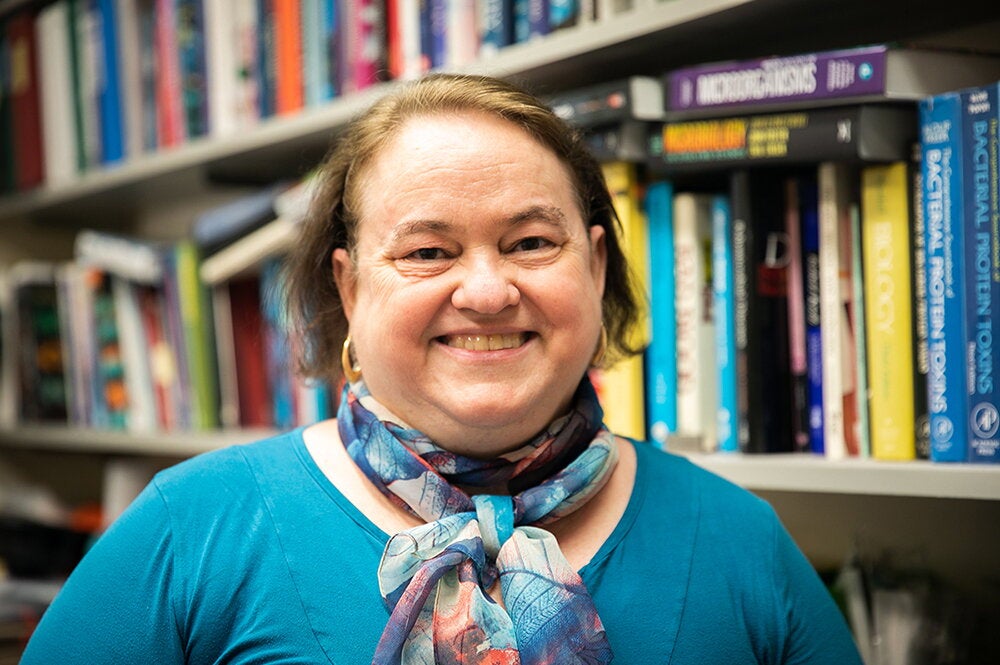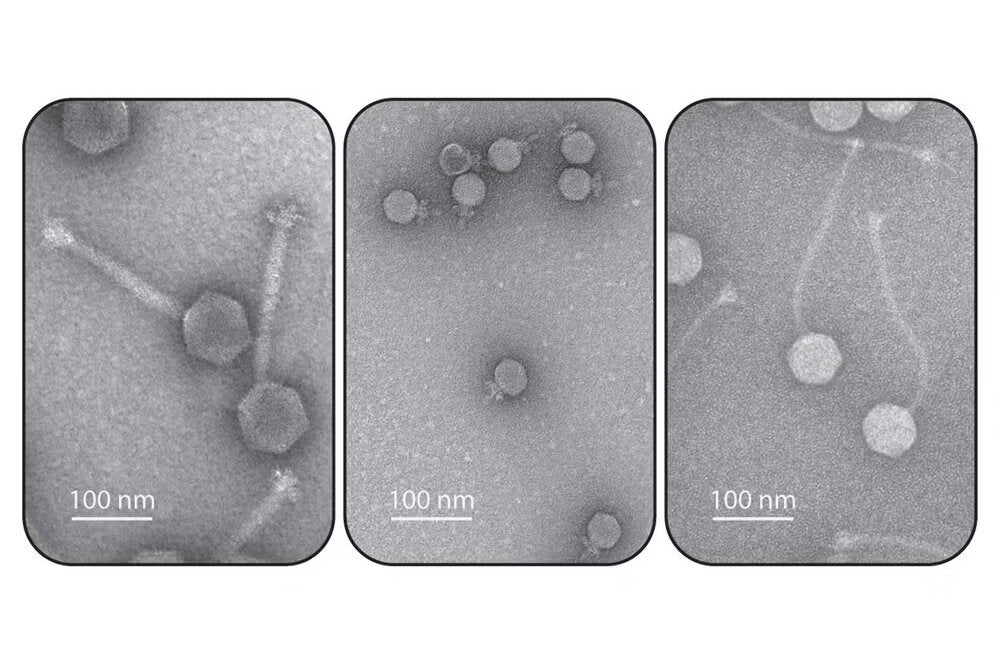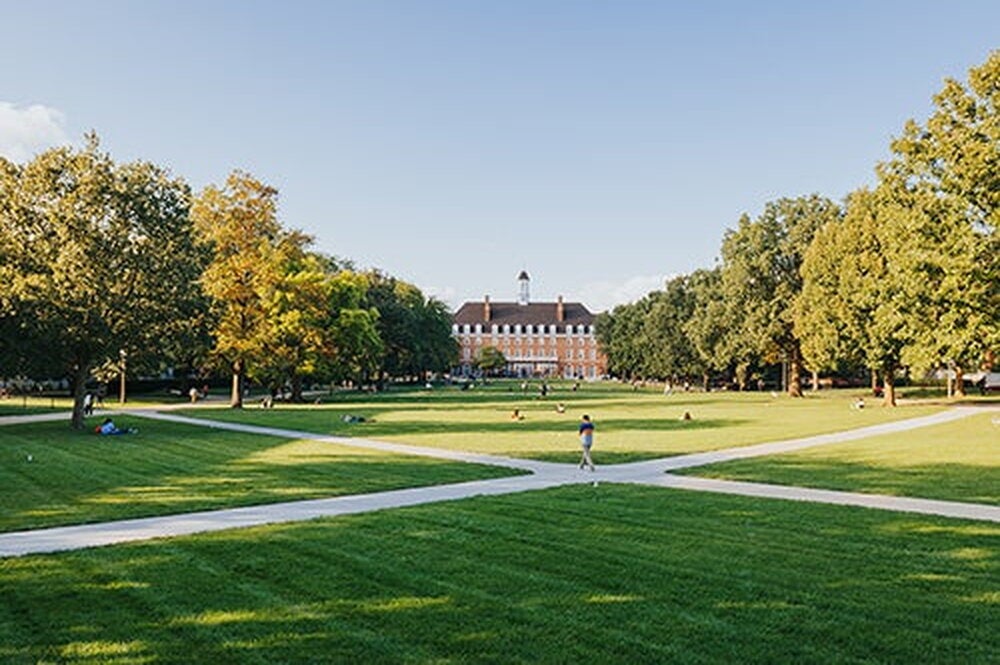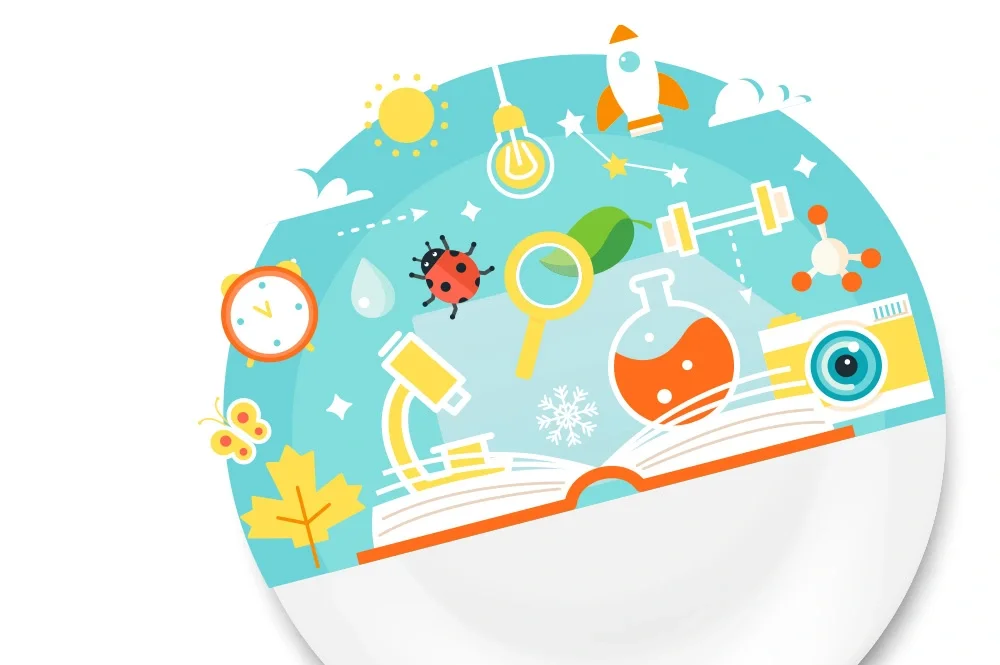

Ricardo Diaz still remembers the night chemistry professor Joaquin Rodriguez-Lopez walked into a room full of kids and told them to throw ketchup on a volunteer wearing a special shirt. Soon the room was enveloped in ketchup, laughter, and gasps as they watched the shirt magically repel everything they threw at it. In an instant, they grasped the practical uses of hydrophobic nanotechnology. But they also learned another important lesson. It’s the same lesson they’re taught every time Cena y Ciencias is in session, whether they’re examining ancient objects or marveling at the vastness of space — that there are people who look like me and talk like me doing fascinating work at the edge of science. And if they can do it, so can I.
Cena y Ciencias, which is Spanish for “supper and science,” began back in 2013, just as a dual-language program was getting off the ground at Urbana School District. It was a bold initiative, designed to enhance integration and build community.
“We realized that we needed dual-language parents and the students to get together so that we could advocate for the STEM equity for the kids in this exciting new program,” said microbiology professor Rachel Whitaker. She, along with graduate student Maria Bautista, other parents, the dual-language program family liaison Amanda Gray, and Lisa Diaz, then a STEM specialist at Illinois 4H, helped form the CyC program to do just that.
Their first effort was a homework club held at El Toro restaurant in Urbana, but that morphed into something more when Whitaker and Lisa Diaz, who is now the Illinois 4-H program leader, proposed adding science to the program. “With science, you have a common goal that you’re working towards, like building an aerodynamic boat out of tooth picks or making a prediction about a chemistry experiment,” said Whitaker. So that families would not have to orchestrate supper that night, they added free food. And with that, Cena y Ciencias was born.
The program, which provides high-quality science lessons for K-5 students in the Urbana School District dual-language program, is a collaboration between dual-language parent faculty members of the University of Illinois; the Illinois student chapter of the Society for the Advancement of Chicanos/Hispanic and Native Americans in the Sciences (SACNAS); and the U of I Extension 4-H Youth Development Program. Funded by the National Science Foundation, Cena y Ciencias currently serves about 30 families in Urbana and Champaign, with monthly sessions held at various locations, including the schools, the Champaign Park District’s Martens Center and the International Prep Academy in Champaign.
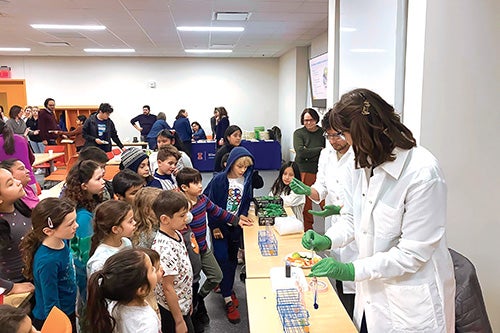
Two things make the program unique. For one, it’s taught in Spanish. And for another, families are encouraged to attend. “We’re not a drop-off program,” said Ricardo Diaz, Lisa’s husband, who was Latino growth manager at 4-H when the program began and continues to serve today as a parent volunteer. “Research is clear that when parents are involved, the kids do better in school.” So, at Cena y Ciencias, parents learn right along with the kids. Each session begins with an exciting demonstration of a scientific principle. Then children and parents split into smaller groups, where they work through experiments, in Spanish, with faculty and students from Illinois.
This unique approach creates a strong sense of community, which is important, according to Felipe Menanteau, a senior research scientist at the National Center for Supercomputing Applications and research associate professor of astronomy who’s also been involved with the program for years. “If we don’t create communities, communities aren’t going to thrive. So, this is a small effort to make communities thrive.”
Cena y Ciencias doesn’t just build communities; it builds the bridges between them, uniting people who primarily speak English and Spanish, but also other languages, including Q’anjob’al, a Mayan language spoken by immigrants from Guatemala. So how do these diverse groups overcome the language barrier?
“People figure out how to communicate,” said Menanteau. And in the process, they develop relationships. “People get to know each other and build trust, so when there’s something going on at school or in the community, they know who they’re talking to. They’re not strangers anymore.”
Beyond community-building, Menanteau sees Cena y Ciencias as an opportunity to promote social justice. “There are very few Latinos in STEM. So, the idea was twofold. One was to change the face of science by providing Latino students with examples of mentors and say ‘this could be your path.’ And second is the actual education.”
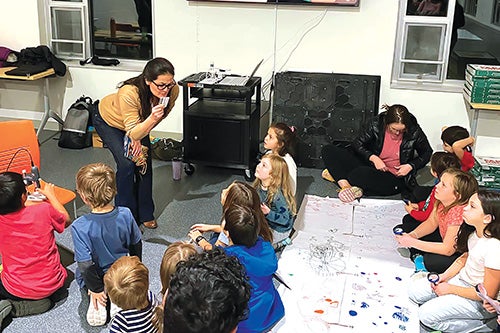
The latter is handled by a long list of faculty and students from LAS and other colleges at Illinois, who teach everything from archaeology to astrophysics. “You name the science and we have probably touched on it in one way or the other,” said Ricardo Diaz.
Even during the COVID-19 pandemic, the program was able to carry on, with sessions held outdoors and kits mailed to students who participated online. The latter allowed former student volunteers who now had jobs to share their expertise. That includes Bautista, the graduate student who helped create CyC and now works as a research scientist, monitoring city waste to track COVID virus concentrations.
“Having an avenue to engage with the local community is huge for Illinois students,” said Whitaker, who helps coordinate those efforts. In many ways, the native Spanish-speaking undergrads, graduate students, and post-docs who participate in Cena y Ciencias are the backbone of the program, recruiting speakers, leading sessions and providing help.
That includes chemistry PhD student Joenisse Rosado-Rosa, whose research focuses on development of tools to combat antibiotic resistance. At Cena y Ciencias, she works with families, trains other volunteers and aids speakers by helping them simplify topics and develop activities that are interesting for kids as young as 6.
Rosado-Rosa volunteered because she has a passion for outreach and also knows the importance of learning science early. “When I was in middle school and high school, my school didn’t give a lot of priority to science,” said the Puerto Rico native. “If I would have had that in a younger time, I feel like I would have learned a lot more.”
For microbiology graduate student Ivan Sosa Marquez, who is studying symbiosis between nitrogen-fixing bacteria and plants, Cena y Ciencias was a chance to help children who often follow their parents into a limited number of jobs break the mold. “I’m actually an example of how context doesn’t define you,” said Sosa Marquez, who comes from Mexico. “I was able to come here and study in this great university, because my parents supported my scientific interests.” Now he tells other children that they can follow their dreams, because “sometimes, that’s all you need.”
Sosa Marquez loves how each session brings scientists into direct contact with the community. “You’re bringing the absolute expert on that field and having those experts directly engaged with children,” Sosa Marquez said. And many, like Alejandro Lleras, psychology professor and associate dean of inclusive excellence at LAS, are happy to do it.
“It’s hugely rewarding,” said Lleras.
“You’re in an environment where you’re inspiring 30 or 40 kids to be engaged in science. And maybe, out of those, some will end up being more motivated to engage in a science career.”
As a parent, Lleras also enjoys seeing his kids develop a sense of agency through their involvement with the program. “If you go to this event and everybody’s speaking Spanish to you, and you’re understanding and communicating, it just validates the effort that you’re putting into trying to learn a new language.”
By the time those students reach high school, they’re at a whole other level, thanks to programs like Cena y Ciencias. “I’ve interacted with several students from the dual-language program,” said Zak Sutton, a Spanish teacher at Urbana High, where the first dual-language class just graduated, “and their proficiency in both languages, particularly in their corresponding second language, is really impressive.”
For Whitaker, that’s perhaps the most rewarding thing to come out of the entire collaboration. Parents who were once reluctant to enroll their students in a dual-language program are now clamoring to be on the waiting list, and dual-language learning has become so accepted that the community will soon have its own dedicated school. “It’s gotten really, really big,” said Whitaker. “And I hope Cena y Ciencias contributed to integrating STEM into families’ everyday lives.”
Editor's note: This story first appeared in the Fall 2024 issue of The Quadrangle.
